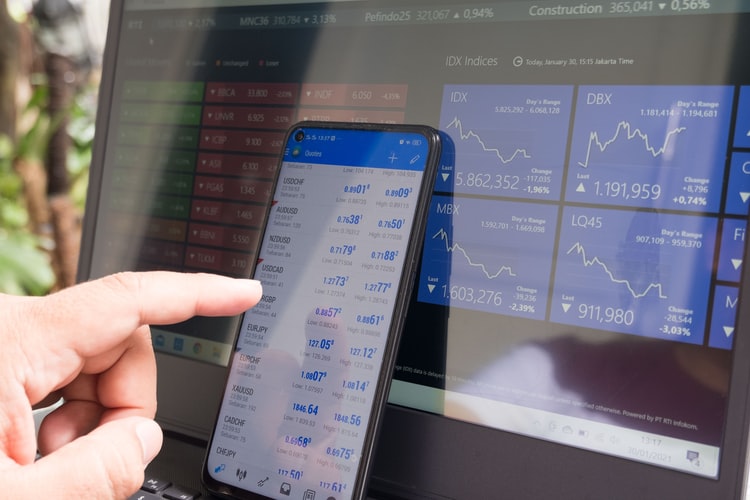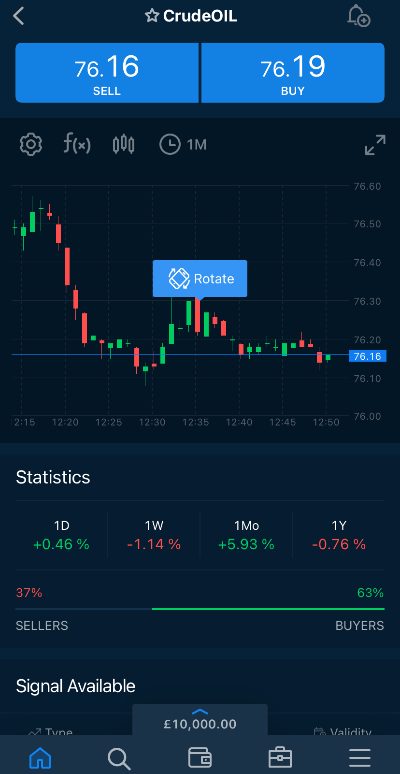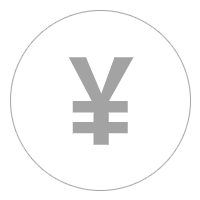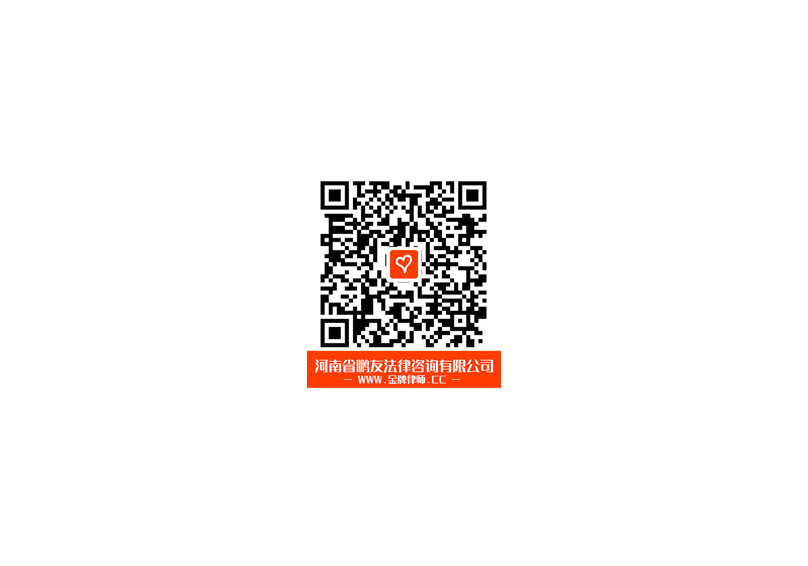
The Ultimate Guide to the Best Trading App: Discover Your Perfect Investment Partner
In the ever-evolving world of finance, the tools we use to trade and invest play a pivotal role in our success. Today, one of the most significant advancements in trading technology are mobile applications that allow users to trade assets seamlessly from their smartphones. As trading apps continue to gain traction, finding the best trading app tailored to your needs can be a daunting task. This guide aims to simplify your search by delving into the top trading apps currently dominating the market, examining their features, benefits, and drawbacks.
What Makes a Trading App the Best?
Identifying the best trading app requires evaluating several key factors, including usability, accessibility, security, fees, and the range of available assets. Here are some essential aspects to consider:
User Interface and Experience (UI/UX)
A user-friendly interface is paramount for traders at all levels. The best trading apps provide an intuitive design, making it easy to navigate through features such as order placement, portfolio management, and market analysis tools. A clean, organized layout minimizes confusion and enhances your trading experience, allowing you to focus on executing trades rather than deciphering complex menus.
Accessibility and Device Compatibility
Today’s traders are not confined to their desks; they want to trade on the go. Therefore, a top-tier trading app should be accessible across various devices—smartphones, tablets, and even desktops. Additionally, look for apps with robust performance to ensure a smooth experience, regardless of your device.
Security Features
When it comes to financial transactions, security cannot be compromised. The best trading apps prioritize user safety with features like two-factor authentication, encryption, and secure servers. Before settling on an app, ensure it has a solid reputation for safeguarding user data and funds.
Fees and Commissions
Trading fees can significantly impact your profits. Some trading apps offer commission-free trading, while others might impose flat fees or a percentage of the trade value. It’s essential to compare the fee structures of different apps and calculate how they align with your trading strategy to avoid unexpected costs.
Available Assets
The variety of financial instruments available for trading is another critical factor. Some apps focus on stocks, while others offer cryptocurrencies, forex, or commodities. Choose an app that aligns with your specific investment interests to maximize your trading potential.

Top Trading Apps to Consider
After extensive research and user feedback, here are some of the leading trading apps that stand out in the market:
1. Robinhood
Renowned for its commission-free trades, Robinhood has revolutionized the trading landscape. With a simple interface appealing to novice traders, Robinhood also includes useful features like market data and customizable watchlists. However, it primarily focuses on US stocks, meaning international stocks or commodities may not be available.
2. eToro
eToro combines social trading and investment opportunities, allowing users to follow and replicate the trades of successful investors. This unique feature enhances learning and engagement for novice traders. However, while eToro offers a wide range of assets, including cryptocurrencies, its fees might be higher than some competitors.
3. TD Ameritrade
With its powerful trading platform, TD Ameritrade appeals to both beginners and experienced traders. It offers extensive research tools, educational resources, and a broad range of investments, including stocks, ETFs, options, and futures. However, it may have higher fees compared to other platforms, especially for trades outside of commission-free arrangements.
4. Interactive Brokers
Known for its robust trading features and low fees, Interactive Brokers is ideal for experienced traders. The platform offers more than just stocks, allowing users to trade a variety of financial instruments globally. However, its complex interface may be overwhelming for beginners.
5. Webull
Webull is known for its no-commission trading and powerful analytical tools. It caters to tech-savvy traders with advanced charting and trading options. Its main drawback is that it lacks a truly user-friendly interface for beginners.
Choosing the Right App for You
When selecting the best trading app, reflect on your trading style, goals, and experience level. Make a list of your priorities, whether it’s mobile functionality, specific market access, low-fee structures, or advanced trading features. Additionally, many apps offer demo accounts—take advantage of these to trial different platforms without the risk of losing money.
Conclusion
The burgeoning world of trading apps opens the door to financial empowerment for anyone willing to embark on their trading journey. With the right app, backed by adequate research and an understanding of the market, you can establish a successful trading operation. Always remember to stay informed, practice diligence, and develop a trading plan that suits your investment objectives. By doing so, you’ll be well on your way to discovering your ideal trading partner in the form of the best trading app.
鹏友法律咨询|版权所有
发表评论
电子邮件地址不会被公开。 必填项已用*标注



